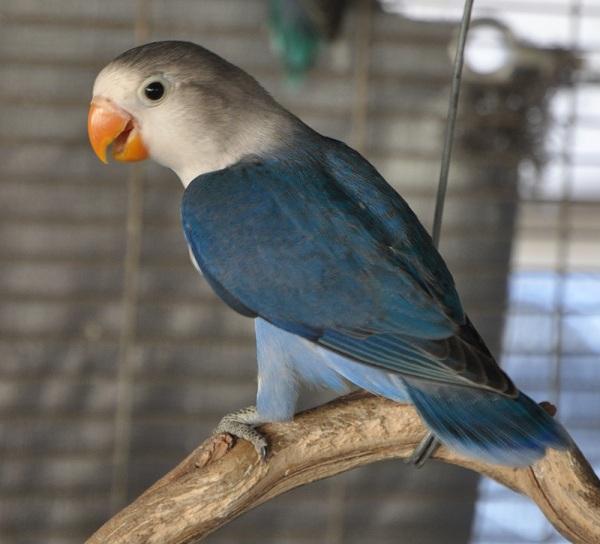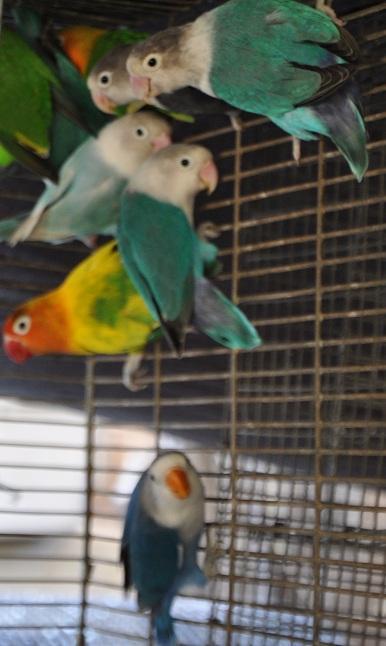I was totally shocked to see this baby's color. Violet is rare, and recessive trait in Fischer Lovebirds. Didn't know my birds carried it. I'm working on blue pied fischer, would LOVE to make Violet Pied fischers!!! Woot! Total bonus color!


Follow along with the video below to see how to install our site as a web app on your home screen.
Note: This feature may not be available in some browsers.









